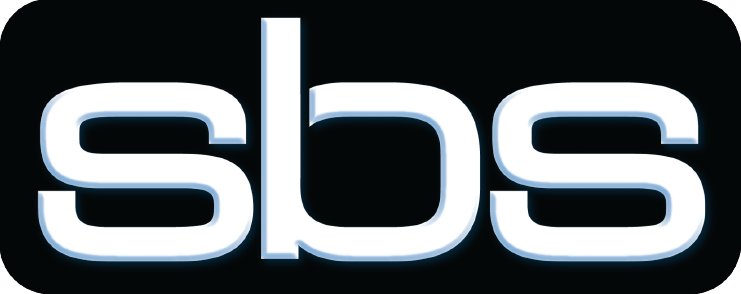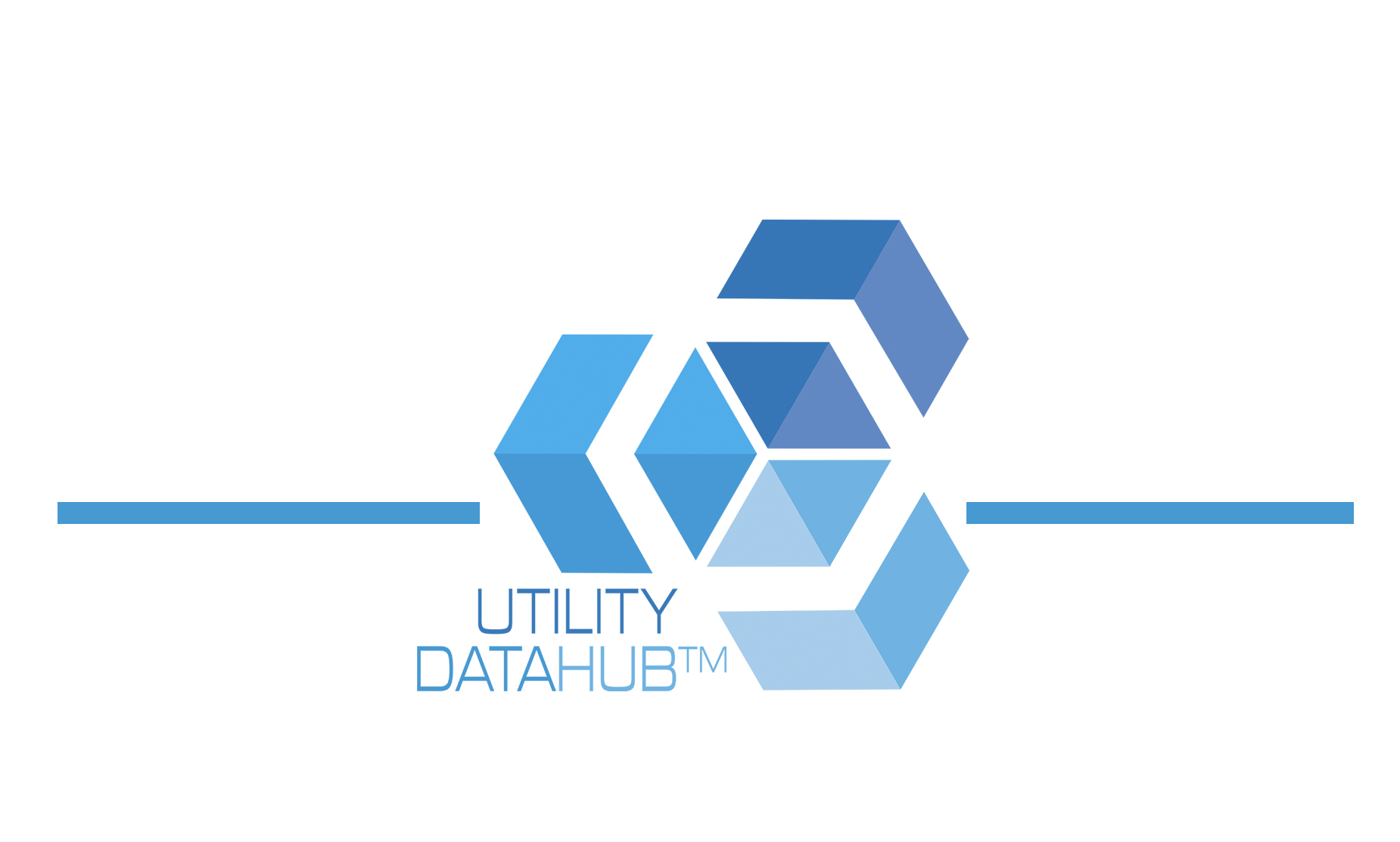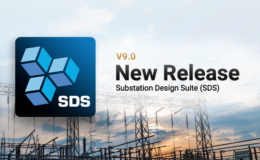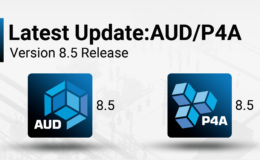Utility DataHub™ (UDH) from SBS supports the integration of Work and Asset Management systems in typical distribution utility workflows. The emphasis here will be on the design process and integration back to geographic information systems (GIS).
Introduction
Utility DataHub™ is a suite of product-level integration tools developed by SBS to support common utility work flows. Distribution utility organizations typically use custom development to create specific interfaces that are often costly and complex to maintain. Utility DataHub™ provides a maintainable, product-based approach to address these workflows. Closely integrated with UDH is Automated Utility Design™ (AUD), a distribution utility design product from SBS that is an extension to AutoCAD Map3D.
Work and asset management systems are commonly deployed at utilities across the world. Multiple vendors have viable systems to address these business processes including SAP, IBM Maximo, WAM from Oracle and CGI ARM. In the lower-tier markets products such as SEDC, NISC, Infor/Lawson, Casselle, Daffron and Microsoft (Great Plains) perform these functions. Utility DataHub™ has been designed to support these systems. This paper will generically refer to these asset management and operations capabilities that relate to Utility DataHub™ as Enterprise Asset Management (EAM).
Utility DataHub™ Integration Architecture
A context diagram of UDH showing interactions with EAM and job design is shown in the figure below. There are several approaches that organizations take when managing their design processes, and they are often done by different tools. A GIS-based design is a common approach for those organizations that choose to perform their design work entirely in the GIS. These organizations may also use CAD tools for creating more complex designs that involve additional engineering details. CAD is also used when designs need to be shared with external groups that expect to see data in a CAD-based format. UDH supports both of these types of approaches. It is also becoming more common for utilities to perform mobile design. This is typically viewed as a subset of the CAD-based design approach.

Figure 1 – Utility DataHub™ and EAM Context Diagram
Utility DataHub™ includes an integration database that supports the ability to retain an independence between EAM and the GIS and design tools. This also serves to support persistent integration requirements without having to make changes to the EAM environments. This can be particularly valuable when tracking design-specific job states.
Intelligent Integration
UDH supports the concept of “Intelligent Integration”. Intelligent integration goes beyond the data exchange involved with traditional utility interfaces; rather, it involves structuring information in a manner that creates knowledge to support intelligent business processes. Examples include the UDH integration database, which has been mentioned above, and the UDH state management extensions.
The UDH Integration database
- Isolates EAM and the Design Tools / GIS
- Keeps persistent information (e.g. states used during the design process),
- Supports design task status not tracked in EAM (e.g. site visit, or permit pulled)
- Facilitates upgradeability
Utility DataHub™ state management extensions are used to accommodate the need that design workflows have for additional management of work states beyond what is typically provided by EAM. The ability to add different levels of approval cycles without having to make modifications to EAM serves to minimize costly customization and further isolates the different systems, providing an easier path for future upgrades.
UDH supports flexible workflows. Many utilities utilize external systems for estimation and project reviews. When an engineer exports a Bill of Material (BOM) they have the option to define the export as estimate or final. Interim designs will be routed to the proper system for estimation, and Utility DataHub™ will only allow the final design to be sent to EAM for processing.
Compatible Unit Integration
Compatible units (CUs) provide a fundamental building blocks to help utility organizations standardize design processes, improve the accuracy of estimates and reduce field rework. The use of EAM compatible units is greatly facilitated by the use of UDH in an integrated engineering design process. The availability of CUs in the design system enforces standardization and the use of structured designs.
The compatible unit synchronization process is shown in the diagram below. Included in the Design Tool environment is a Material Database that is synchronized with the Integration Database to support local material availability for the individual design tool clients.

Figure 2 – Utility DataHub Compatible Unit Integration
Compatible units (CUs) are created as follows:
- EAM downloads CUs to Integration Database
- Design Tool uploads CUs to Material Manager
- Core Material Manager capability is used to create CU to Material relationship (if not maintained in EAM)
- The Material Database is exported back to the Integration Database
- All Design clients can upload CU/material to their Material Database
- UDH checks to determine if client Material Database is older than Integration Database
- AUD utilizes CUs for the design process, and creates the material list
- Material is exported back to EAM associated to Work Request
Design Tool Integration with AUD
A set of design tool extensions supports the updating, downloading and publishing of design information. A sample of this user interface for the AUD design tool is shown in the diagram below.
The different capabilities are as follows:
- The “Design Status” buttons allow the user to Submit for Approval, Approve Design, or mark a Work Order into an As-Built Complete status (pending user authorization)
- “Download Materials” allows the user to load the necessary CU’s associated with a given Work Order
- “Publish Materials” allows the user to push any Work Order material data back into EAM
“Publish Materials” interfaces directly to EAM via web services or an alternate API to generate a Bill of Materials and Task Updates.

Figure 3 – Design Tool Workflow Integration
Work Order Integration and Management
The integration and management of work orders from the design tool environment is highlighted in the different sections below. Key elements include the Work Order Browser, which is used for managing the different Work Requests, the search and query tools and the link and unlink buttons. These are described in more detail below.
Work Order Browser
The Work Order Browser supports the necessary functionality of managing Work Requests that have come from the EAM environment. The designer access information from Utility DataHub™ Integration Database, which contains the EAM work requests that can be controlled based on the different credentials attributed to the user. Upon opening the Work Order Browser, the user sees and initial filter of Work Requests based that are available to them. These are highlighted in the figure below.

Figure 4 – Work Order Browser
Searching and Filtering Work Orders
Searching and filtering gives the user capability to view different Work Requests based on EAM field attributes within the user authorization (e.g. search by name of a designer). This supports a workflow for designers that allows them to see Work Request status, design status and other pertinent information necessary to support designer performance management.

Figure 5 – Work Request Query and Filtering
Linking / Unlinking Work Requests
Utility DataHub™ can also be configured to support the linking and unlinking of Work Requests that have been assigned to a designer. When clicked, this triggers the creation of the design folder and selected Work Requests are copied into a design repository to create a “system of record” to support long-term records management.

Figure 6 – Linking of Work Requests
Design and GIS Integration
When design is done outside of GIS it becomes necessary to ensure that the proper validation is performed prior to accepting the design data into the GIS. Design tools are typically focused on the needs of the construction process while GIS is typically more concerned with modeling of assets to support asset management. Even the most carefully implemented designs often do not consider the GIS requirements related to whitespace management, network connectivity and the modeling of engineering properties. Utility DataHub™ addresses these requirements via the use of a Job Manager.

Figure 7 – Utility DataHub™ Job Manager
The purpose of the Job Manager is to assist in the automated conversion of CAD-based design information into a GIS. The Job Manager supports data transformation into the target data formats and translation of the network topology to support the associated GIS model. In many cases, the jobs can be readily translated into the GIS with accurate placement of the features. In some cases, however, there may be a mismatch of the validation and placement rules between the systems. In these cases, the issues can be flagged to a data steward in a visual manner with understandable presentation dialogues, as shown above. As non-matches are uncovered they can be analyzed and subsequent processes and tools can be refined to eliminate their occurrence in future operations of the interface. This continual improvement allows the interface to become smarter over time, with the assistance of experienced users.
This approach also serves to support other forms of operator intervention, such as whitespace management, annotation placement and dimensioning without having large amounts of complex custom rules that need to be continually maintained.
Getting Started – Implementation Considerations
Utility DataHub™ architecture simplifies the implementation cycle. The integration database schema is configured to match existing EAM data structures, minimizing complex data mapping and massaging. The import process from EAM to the CAD/GIS design tool transforms the EAM data into a format that will support the design tool. UDH can take advantage of existing data exchange protocols.
The isolation architecture utilized by Utility DataHub™ removes the common version compatibility issues between target and source software products. Either EAM or the design tool can be updated independently.
Why Use Utility DataHub™?
Utility DataHub™ removes much of the uncertainty related to the integration of GIS and design tools to work management processes. It is no longer necessary to have expensive, highly customized integration to support common utility workflows. By having a product-level solution integration can now be configured, rather than hard-coded within a significantly shorter timeframe. This also has long term benefits in terms of making the interfaces supportable and maintainable as the different products change their versions during different timeframes.




